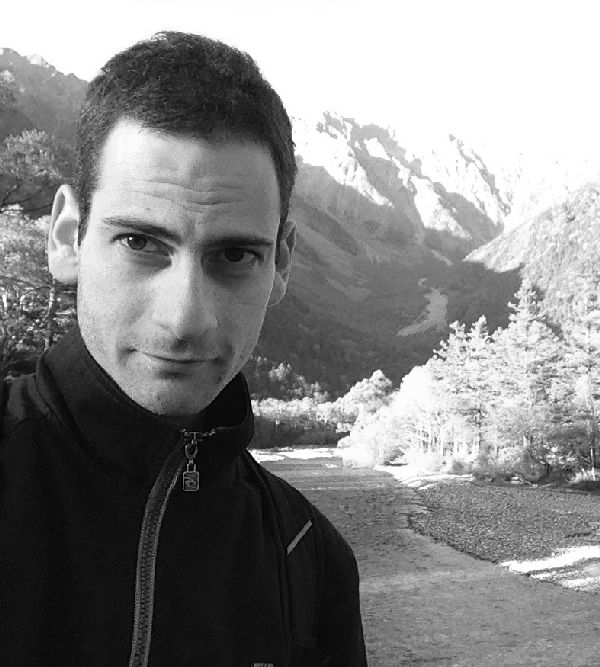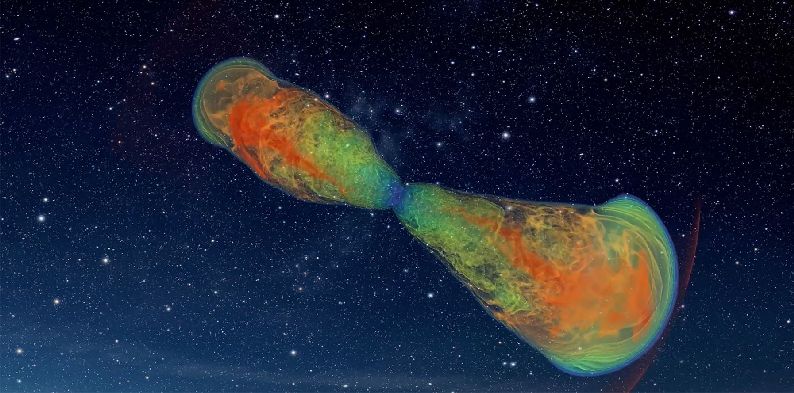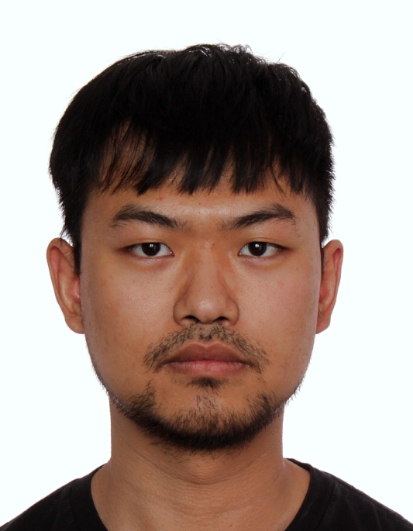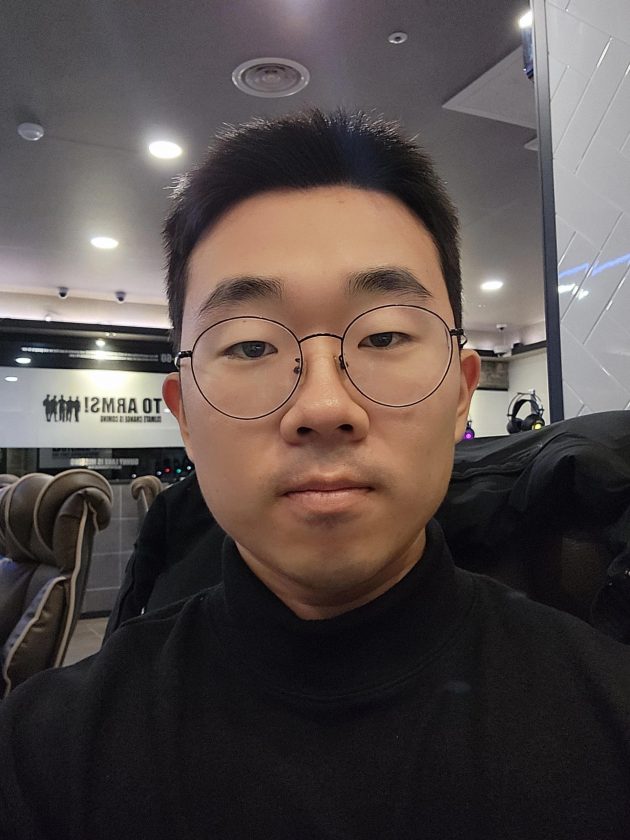
Dr. Ore Gottlieb is a theoretical high energy astrophysicist. Currently, he is occupying Rothschild/CIERA Postdoctoral Fellowship position in Astrophysics at Northwestern University.
His recent work on “Dying stars’ cocoons could be new source of gravitational waves” caught our attention and so we tried to touch base with him for an interview. We got lucky, as he agreed to spend some time with us.
Dr. Gottlieb, here, talks about his recent theoretical breakthrough, that is, gravitational wave (GW) + electromagnetic (EM) detection of a binary neutron star merger. In addition, he is also excited to talk about the ongoing LIGO-Virgo-KAGRA (LVK) observing run O4. As it will reveal new GW signals from black hole-neutron star merger.
Scroll down to know more about his ideas and research 🙂
What initially sparked your interest in high energy astrophysics, and what motivated you to pursue it as a career?
I actually started as a computer scientist. During my computer science studies, I was exposed for the first time to physics and astrophysics. I was thinking how lucky these people are – exploring the Universe and getting paid for it. So, I couldn’t help it but enrolling into a physics program after graduating from computer science.
Could you briefly explain some of the key phenomena or objects in high energy astrophysics that you study and why they are of particular interest?
My research focuses on gamma-ray bursts (GRBs) – the most luminous phenomena in the Universe. These GRBs are generated by jets that move at velocities higher than 99.99% the speed of light. The jets are launched by newly formed black holes, either during the collapse of a massive star or following a merger of two neutron stars, or of a black hole with a neutron star.
The jets carry information from the vicinity of the black hole to the emission zone, where they generate the GRB. So, we can use observations of GRBs to learn about the underlying physics of black holes, collapsing stars and compact object mergers.
Could you provide an example of a recent theoretical breakthrough in the field? Also, I’m curious to know more about your research involving – Cocoons, the non-binary source of gravitational waves.
In August 2017, there was the first joint gravitational wave (GW) + electromagnetic (EM) detection of a binary neutron star merger.
One of the electromagnetic signals was powered by radioactive decay of heavy elements that were synthesized while ejected from the merger collision. This confirmed previous theoretical predictions that binary neutron star mergers are main production sites for the heavy elements in the Universe.
In 2019, Siegel et al. suggested that massive stars can also synthesize such heavy elements, perhaps even more than mergers, as they exhibit similar physics, but have more mass available.

In your opinion, what are some of the most exciting and unresolved questions or mysteries in high energy astrophysics that researchers are currently working on?
Understanding better the origin of heavy elements in the Universe is one of the most exciting questions.
Are there any upcoming missions, telescopes, or observatories that you’re particularly excited about?
GW: The ongoing LIGO-Virgo-KAGRA (LVK) observing run O4, which commenced in late May 2023 and is scheduled to operate until December 2024. It is expected to reveal dozens of new GW signals from compact object mergers, some of which may be accompanied by EM counterparts and neutrino detections, possibly leading to the groundbreaking first multi-messenger detection of a black hole-neutron star merger.
EM: The Rubin Observatory, scheduled to commence its observations in July 2024, will play a crucial role in rapidly searching for early EM emissions associated with mergers and stellar explosions. It will unveil an unprecedented number of high-energy transients, potentially uncovering new classes of explosions that have yet to be discovered.
What are your other interests besides astronomy… reading, painting, gardening, skiing maybe?
I enjoy travelling, especially trekking, and getting to know new cultures. I also love playing basketball and football (the correct one, AKA soccer), but unfortunately there are fewer opportunities to do that with time.
Someone comes up to you and says, “I wanna be just like you. I want to be a theoretical high energy astrophysicist”, what advice would you give?
Be determined, never give up, hard work pays off – from experience.

Quick bits:
What is your favourite movie quote?
Don’t have anything specific mind, probably something from the original ‘Planet of the Apes’.
If you were a superhero what would your powers be?
Immortality.
Your favourite scientific innovation of the 21st century?
CRISPR.
What will your TED Talk be 10 years from now?
Talking science to kids through their curiosity.

Wow! Thank you, Dr. Gottlieb, it has been a real pleasure! Your work is truly an inspiration. We look forward to visit you again and see more of your innovative research. Till then, we wish you all the very best for your future endeavor.



